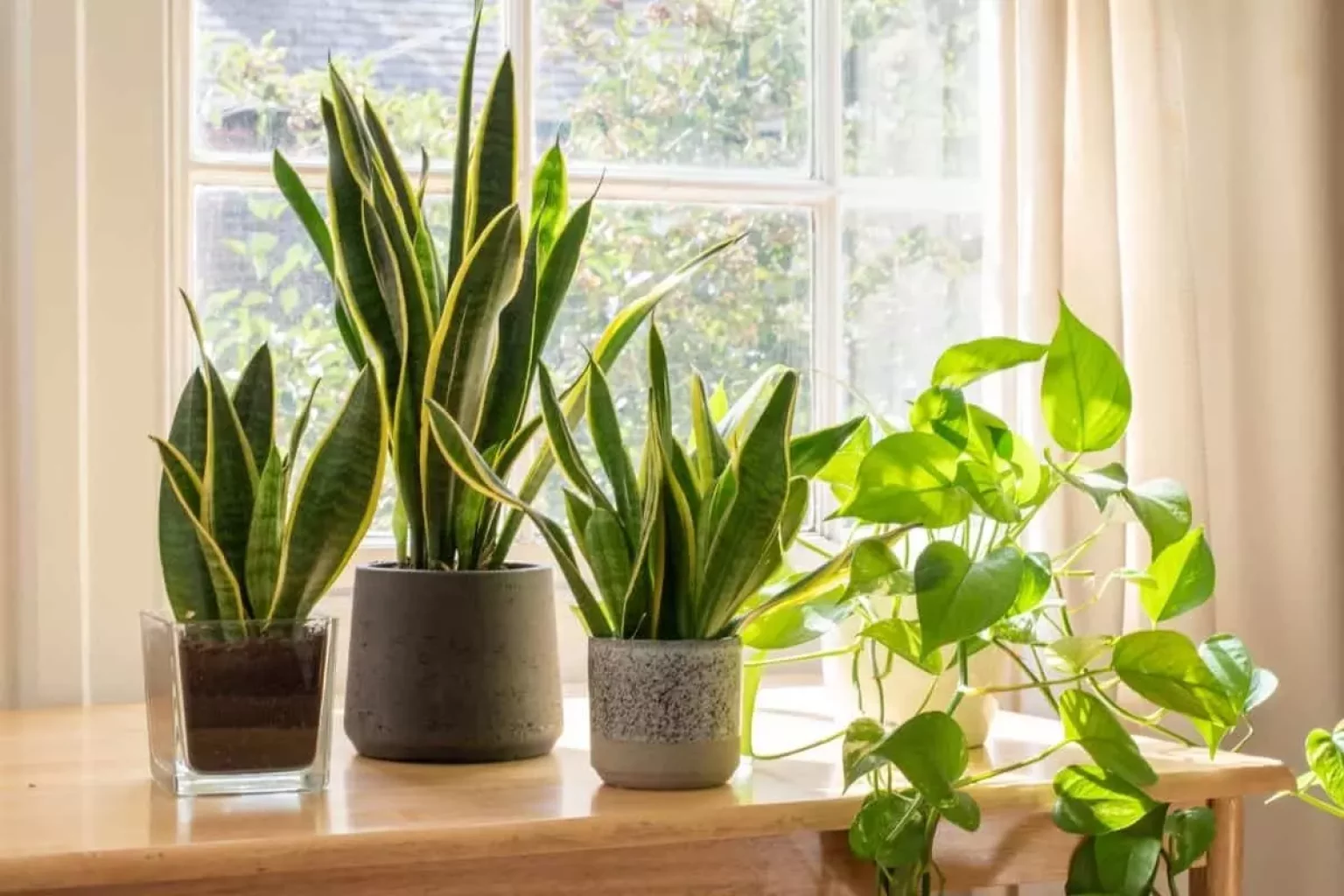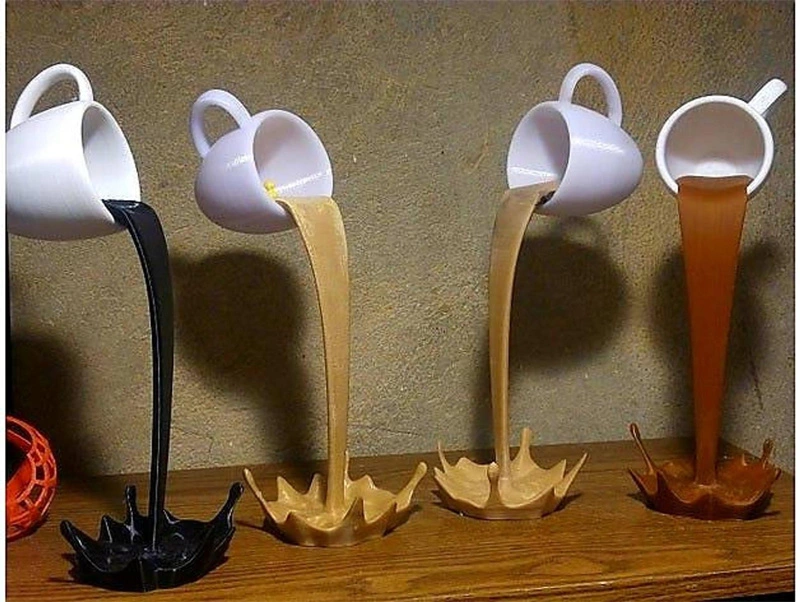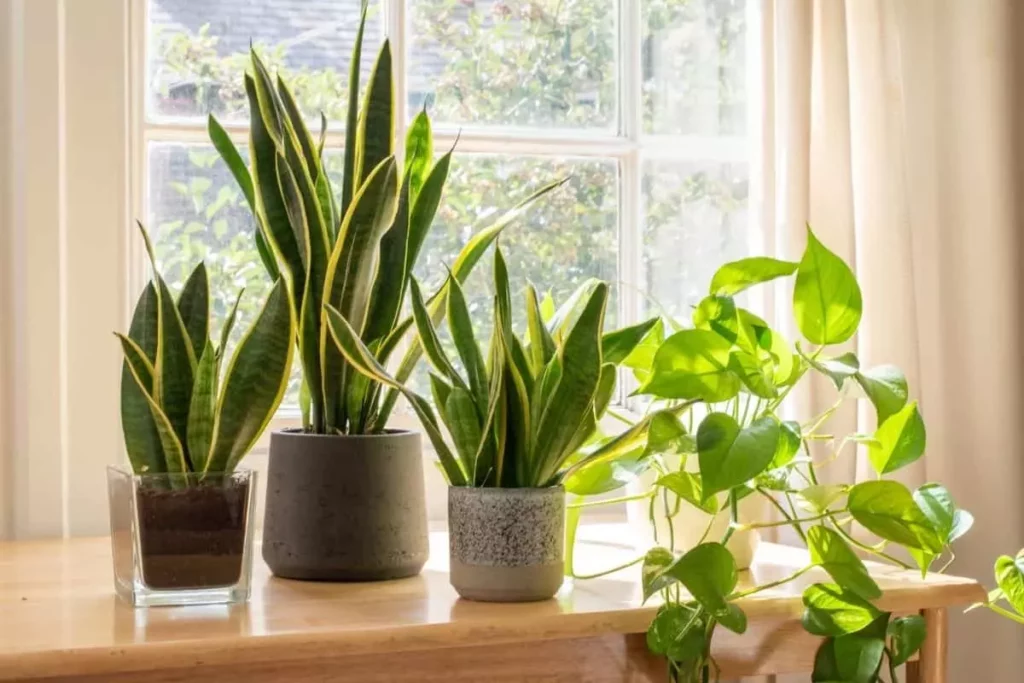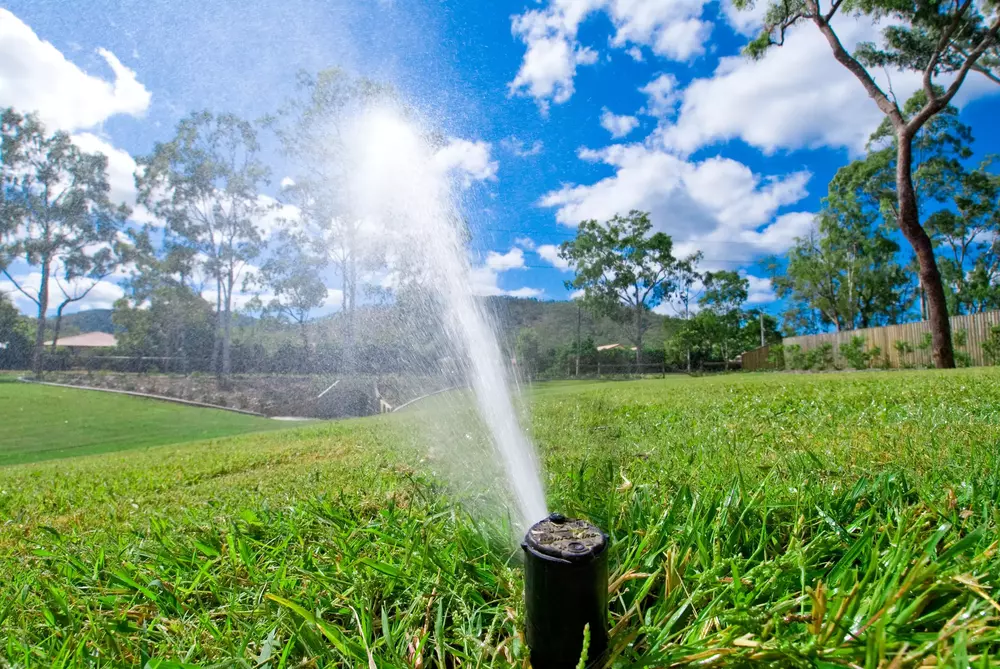Watering houseplants can sometimes feel like a guessing game. One of the more resilient and adaptable houseplants that can tolerate our forgetfulness is the snake plant, also known as Sansevieria. But how often should you water your snake plant? Let’s explore.
Table of contents
Understanding Your Snake Plant

Snake plants, sometimes called mother-in-law’s tongue, are a favorite among both experienced and novice gardeners. Native to West Africa, these plants are built to withstand harsh conditions, which contributes to their reputation as a hardy indoor plant. The key to successful snake plant care is understanding its origins and adjusting our care routines accordingly.
How Often Should You Water Your Snake Plant?
While there is no strict timetable, a general rule of thumb for snake plant watering frequency is approximately once every 2-6 weeks. The frequency depends on several factors such as the season, the plant’s location, the size of the pot, and the indoor temperature and humidity levels. However, it’s essential to avoid overwatering as snake plants are highly susceptible to root rot.
During the warmer summer months, your snake plant will use more water, so you’ll need to water it more frequently, say every 2-3 weeks. In contrast, during the colder winter months, when the plant is in a dormant state, watering can be reduced to about once a month or even less.
Signs of Overwatering and Underwatering
Knowing how often to water your snake plant is crucial, but it’s equally important to recognize the signs of overwatering and underwatering.
Overwatering: The most common mistake snake plant owners make is overwatering. Signs include yellowing leaves, root rot, and a generally sickly appearance. If the snake plant’s leaves start becoming soft and mushy or begin to wilt, chances are you’re watering it too much.
Underwatering: Conversely, if you notice the leaves of your snake plant curling inwards, browning on the edges, or the plant is growing extremely slowly, it might need more water.
Snake Plant Watering Tips
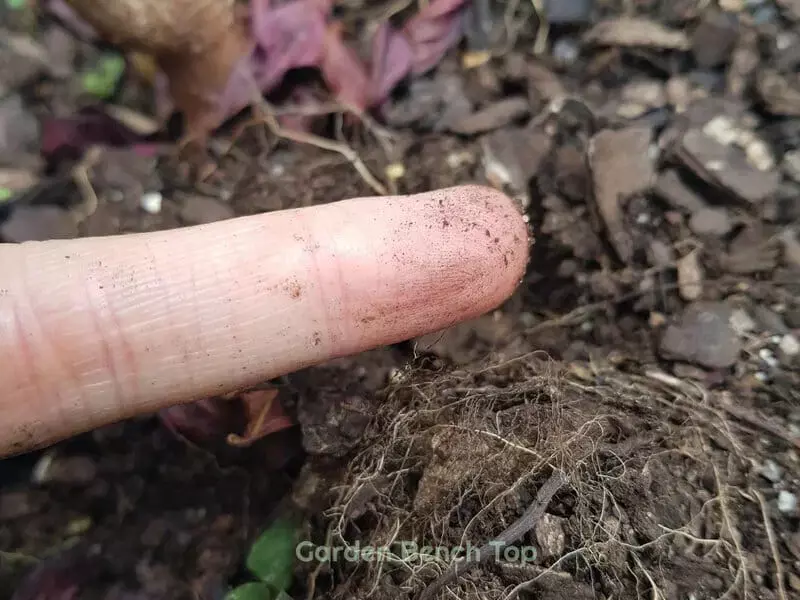
Here are some tips to help you water your snake plant properly:
- Check the soil: Before watering, make sure the top 2 inches of soil are completely dry. Use your finger or a moisture meter to check.
- Water thoroughly: When you water your snake plant, water it thoroughly, ensuring water flows out of the drainage holes at the bottom of the pot. However, don’t let the plant sit in standing water.
- Use well-draining soil: This type of soil helps prevent overwatering and root rot. Consider a mix of potting soil, perlite, and coarse sand for optimal drainage.
- Consider the pot: Clay pots can help absorb excess moisture and may be a good option if you tend to overwater your plants.
Final Thoughts
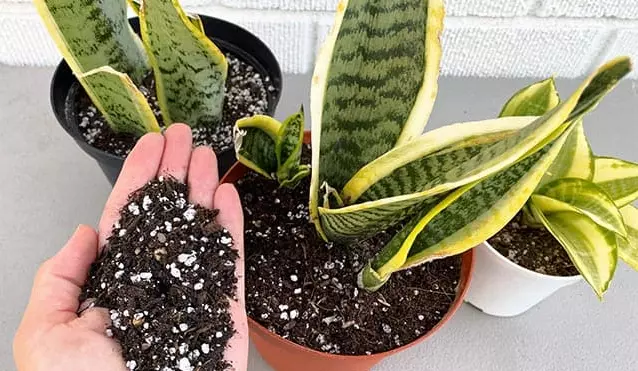
In conclusion, snake plants are a fantastic addition to your indoor plant collection. Remembering that how often you should water your snake plant depends on several variables will go a long way in ensuring its health. By understanding the signs of overwatering and underwatering, you can adapt your care routine to help your snake plant thrive.


